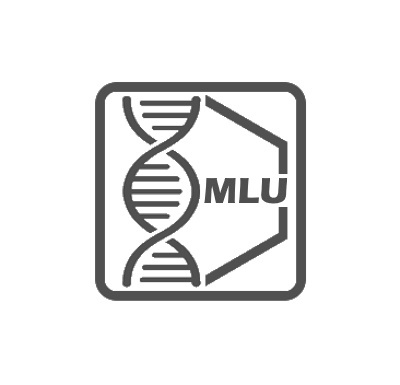Sven Behrens, Ralph Golbik and Iris Thondorf
Prof. Sven Behrens

Institute of Biochemistry and Biotechnology/Microbial Biotechnology
Kurt-Mothes-Straße 3
06120 Halle (Saale)
phone: +49 (0) 345-55 24960
sven.behrens@biochemtech.uni-halle.de
Dr. Ralph Golbik
Institute for Biochemestry and Biotechnology/Microbial Biotechnology
Kurt-Mothes-Straße 3
06120 Halle (Saale)
phone: +49 (0) 345-55 24907
ralph.golbik@biochemtech.uni-halle.de
Dr. Iris Thondorf
Institute for Biochemistry und Biotechnology/Enzymology
Kurt-Mothes-Straße 3
06120 Halle (Saale)
phone: +49 (0) 345-55 24862
iris.thondorf@biochemtech.uni-halle.de
Sarah Schäfer
PhD student
Molecular details of the structure, function and dynamics of the enzyme NS5B of the hepatitis C virus
Hepatitis C is a major causative agent of liver cirrhosis and liver cancer. About 175 million people are infected worldwide (about 3 % of human population). There is no vaccination available and the standard therapy has several unwanted side effects. One of the promising targets for a drug development is the RNA-dependent RNA polymerase (RdRp) NS5B. Several crystal structures of the enzyme have been solved, all reveal a closed active site not allowing the elongation of the newly synthesized RNA. The figure displays the typical right-hand topology of the protein separated in fingers, palm and thumb domains. The core consists of about 530 amino acids from the N-terminal part and a C-terminal linker of about 40 amino acids that folds back into the active site located within the palm domain. This paradox structural organization, where a C-terminal extension impedes the formed double-stranded RNA in releasing the active site, has been found in RdRps capable of de novo initiation only. This aspect is functionally responsible for the processivity of these enzymes.

Detailed knowledge about the conformational changes between the closed and open forms is essential for both the catalytic mechanism of the polymerase and its inhibition. The major aim of our project is, therefore, the mechanistic description of the function of NS5B in molecular detail. In an interdisciplinary approach we want to combine experimental and theoretical methods to investigate the dynamic aspects of the conformational changes of the enzyme during catalysis involving both the native substrates and inhibitors/effectors.




